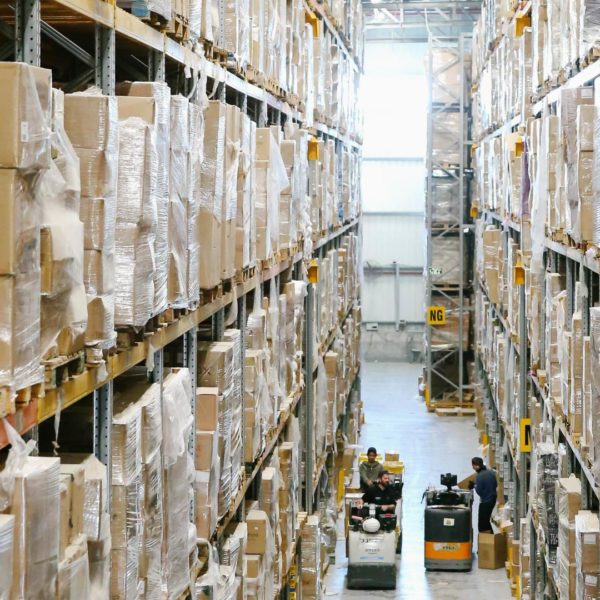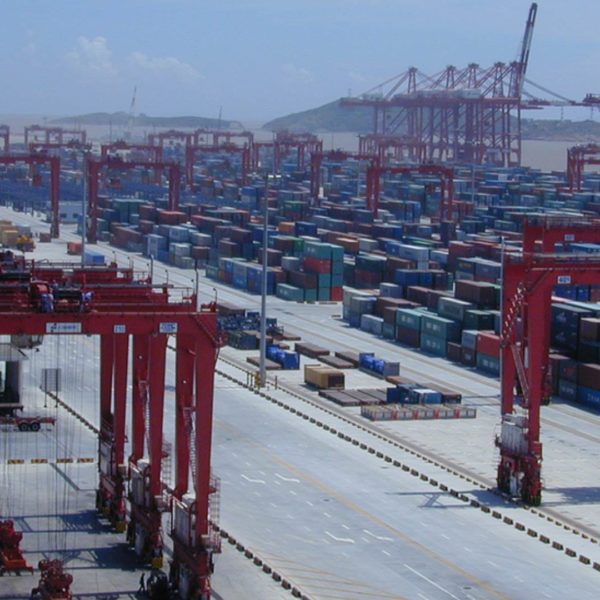China has long been a top trading partner with the United States, although Mexico has edged out China for the number one spot on certain periods in recent years. For the first 11 months of 2020, total trade with China was over 500 billion dollars, slightly above Mexico’s 488.8 billion dollars. Data has yet to be released for December, but most experts expect China to retain the number one spot for 2020.
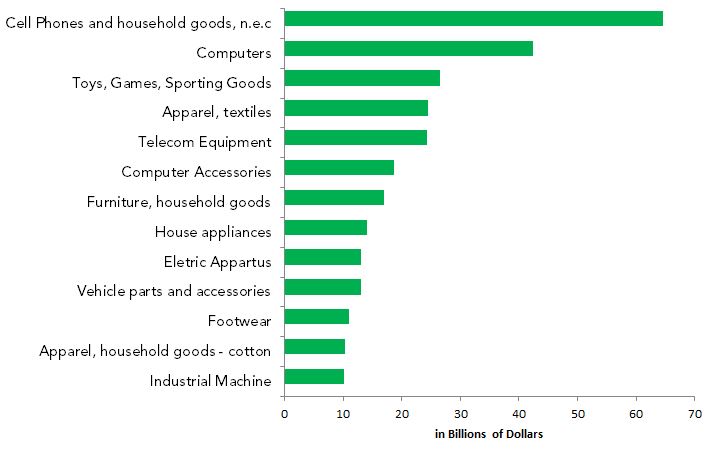
A while back we wrote an article on the Top Items you Didn’t Know Were made in Mexico. This time, we’re going to take a look at some of the top items you didn’t know were made in China.
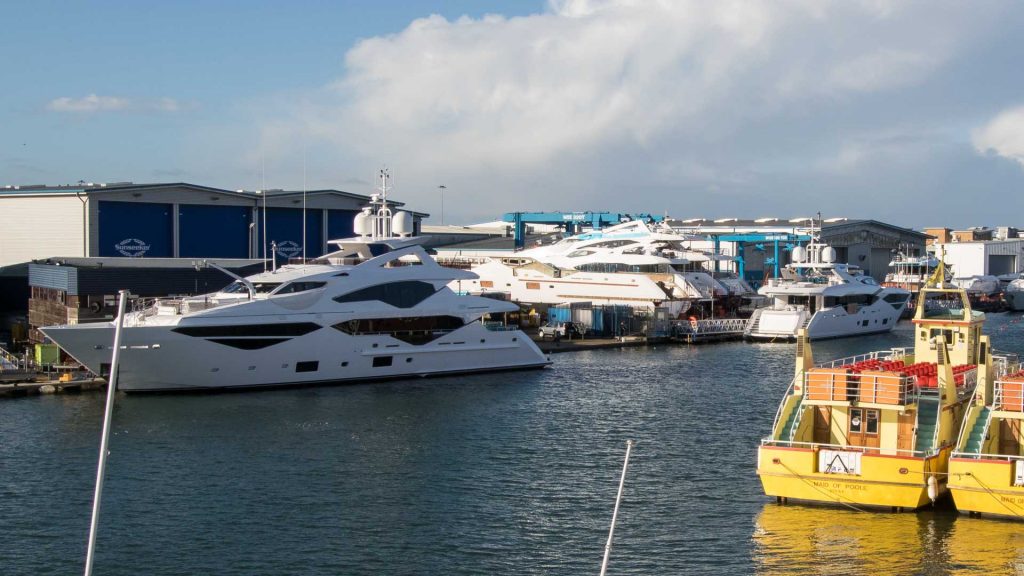
Yachts
Fantastically expensive and mechanically highly complex yachts are not typically something many would think are built in China, but several world-renown yacht brands build their vessels in partnership with Chinese shipyards. A prominent example would be Nordhavn. Other yacht manufacturers, Sunseeker and Ferretti group are now owned by Chinese firms but still produce their vessels in the UK and Italy respectively.
Complicated Electronics
A major component of China’s exports to the United States includes various types of electronics. Between 2014-15 over 286 million personal computers and 1.77 billion phones were made in China, both representing a majority of industrial production.

Teslas
Tesla’s Chinese gigafactory is already producing cars, making a very public move to drastically increase their production footprint and annual volume. Like other automakers, Tesla’s Chinese production volume will be consumed in China or other Asian countries.
While finished cars are more obvious, nearly every automaker relies on Chinese suppliers for components or parts, many being Tier 2 and Tier3 suppliers.
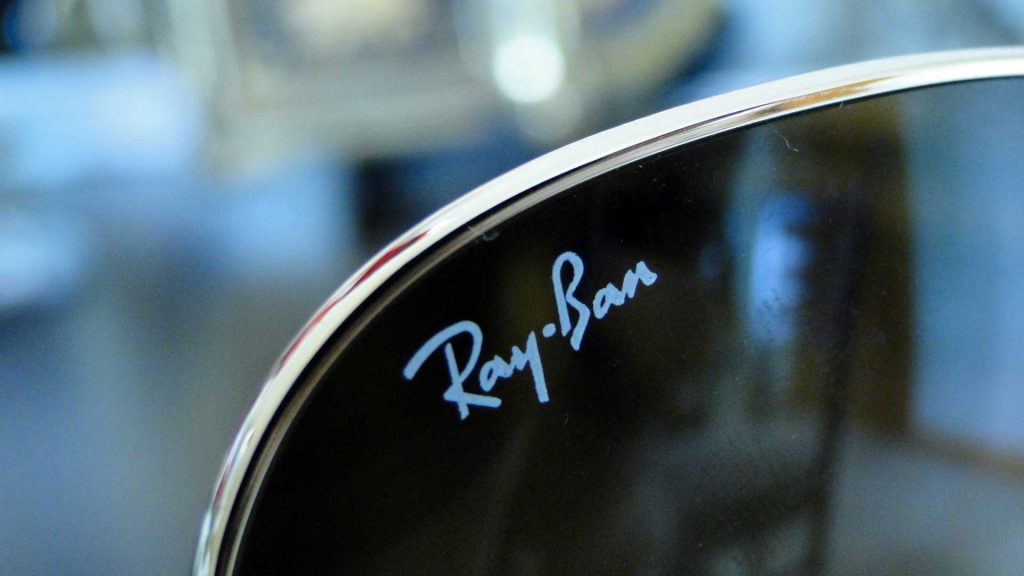
Luxury Goods
Top fashion brands such as Ray-Ban, Louis Vuitton, Ralph Lauren, Prada, Tag Heuer, and other manufacture a portion of their products in China.
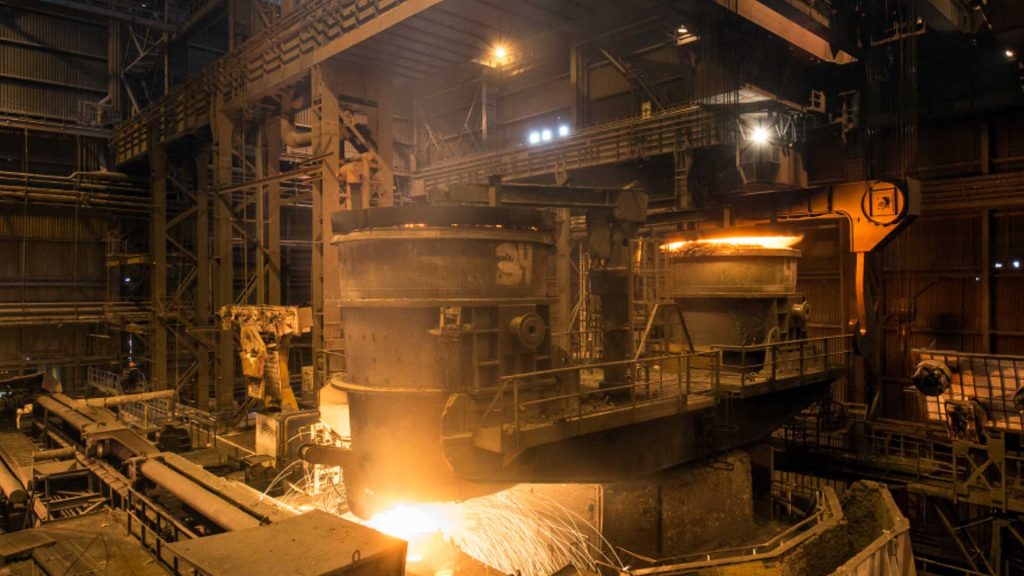
Steel
Over the last several years, the topic of metal and steel tariffs have become more common. China produced over 990 million metric tons of crude steel in 2019, an astounding number. Many North American steel companies use raw materials from China as a basis for their finished products.
Foods
Certain foods are produced in China and imported to the United States such as cod, garlic, apple juice, and tilapia.
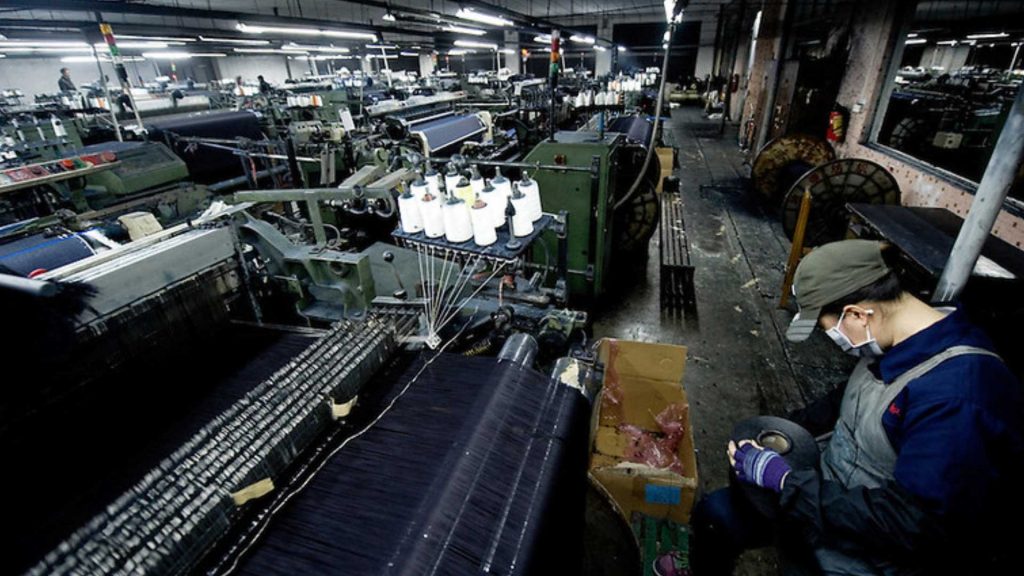
Jeans
Levi and brands, famous for their long-running lines of denim and other clothing products, manufacture a large percentage of their products in China, in addition to other locations including South East Asia and Mexico.
Shoes
Most likely already know this, but a huge amount of shoes from US brands are made in China. The lower cost of production, economies of scale, and in general quick turnaround have made firms like Nike and Under Armour.
Razors
Personal hygiene companies like Gillette and OralB make a huge number of their products in China.

Barbie Dolls
The iconic Mattel toy line is largely produced in China. Numerous other manufacturers produce their toys in China as well.
Minerals
A large percentage of rare earth metals used in the US are imported from China. Uses of rare earth metals include lases, fiber optic, superconductors, catalysts, and various other technology products including military hardware.
Trade Predictions Going Forward
Global trade has transformed the world, letting countries and regions specialize in the production of certain types of productions, or in the case of countries like the US, specialize in services, technology property, and letting companies that have ample capital for investment specialize in more capital intensive forms of productions.
Over the last several years, several manufactures have made public statements they will shift production away from solely relying on China, and diversify their supply chain to countries like Mexico, Vietnam, and India. This shift is due to a multitude of reasons, but supply chain diversity and intellectual property are at the top of the list.
China’s ability to manufacture a huge variety of goods at prices that keep product prices down, coupled with general improving quality makes it the default choice for many firms wishing to produce physical items of nearly any type. While there are issues with the US’s trading relationship with China, overall, that relationship has benefited both countries and their respective population.
While China is often stereotyped as only producing cheap goods such as low-quality toys or shoes, this is not the case and hasn’t been for years. Of course, there are suppliers in China that specialize in products like that, there are many other Chinese manufacturing facilities that build highly technical products like solar panels, robotics components, electronics, and autos. One reason that some firms have decided to diversify their production from China is that China is no longer quite as cheap as it once was. With items such as t-shirts etc, being cheaper to produce in other countries such as Bangladesh, India, etc.
US- Chinese Supply Chains Explained
Supply Chains have built up around many of the facilities in China, with nearly every major ocean shipping firm, and air freight carrier having offices and extensive operations in China to facilitate trade. The advent of websites such as Alibaba have also helped smaller businesses and e-commerce sites to outsource production to China.
A huge amount of trade between the US and China is handled via ocean shipping, as ocean container freight is anywhere from 5-10 times less expensive than air freight, with numerous freight carriers and logistics firms offer both less than container load and full container load shipping options to US ports and inland destination.
One increasingly popular option for importers is to transload freight from international 40ft ocean containers into domestic 53ft containers. This allows shippers to move 3 domestic containers for every 5 marine containers imported, reducing freight spend and also giving firms the ability to resort inventory amongst the domestic containers to maximize distribution efficiency. Once transloaded, inland freight can move via over the road truck or via intermodal rail shipping, Intermodal is typically more cost-effective on routes longer than 500 miles. So for freight heading to destinations like Chicago, New Jersey, Atlanta intermodal is a highly efficient solution to maintain supply chain capacity and reduce freight costs.
Conclusion
Going forward, China will remain a top us trading partner with only Mexico potentially beating it in some months and years. Even with numerous larger firms working to diversify supply chain reliance on any one country, there are hundreds of brands that will use Chinese manufacturers as the backbone of their production needs. A major unknown going into 2021 is how the Biden administration will handle trade with China. It’s possible they will relax the tariffs the Trump administration had in place, how we don’t expect any abrupt changes.
Recommended for further reading:
https://www.census.gov/foreign-trade/statistics/highlights/top/top2011yr.html
https://www.ttnews.com/articles/tesla-plans-start-shipping-out-cars-made-shanghai-gigafactory
https://en.wikipedia.org/wiki/Ferretti_Group
About Zmodal:
Zmodal provides comprehensive supply chain solutions that are data-based and focused on optimizing your supply chain logistics plan for better reliability and efficiency. We focus on a multimodal approach to building resiliency that is backed by a first-class team that provides 24/7 support and the technology to keep your supply chain connected and visible. Zmodal is a top 20201 intermodal shipping company, contact us for intermodal shipping quotes, cross country shipping quote, or supply chain consultations! If you want to talk or want a completely free initial consultation, give us a shout!

